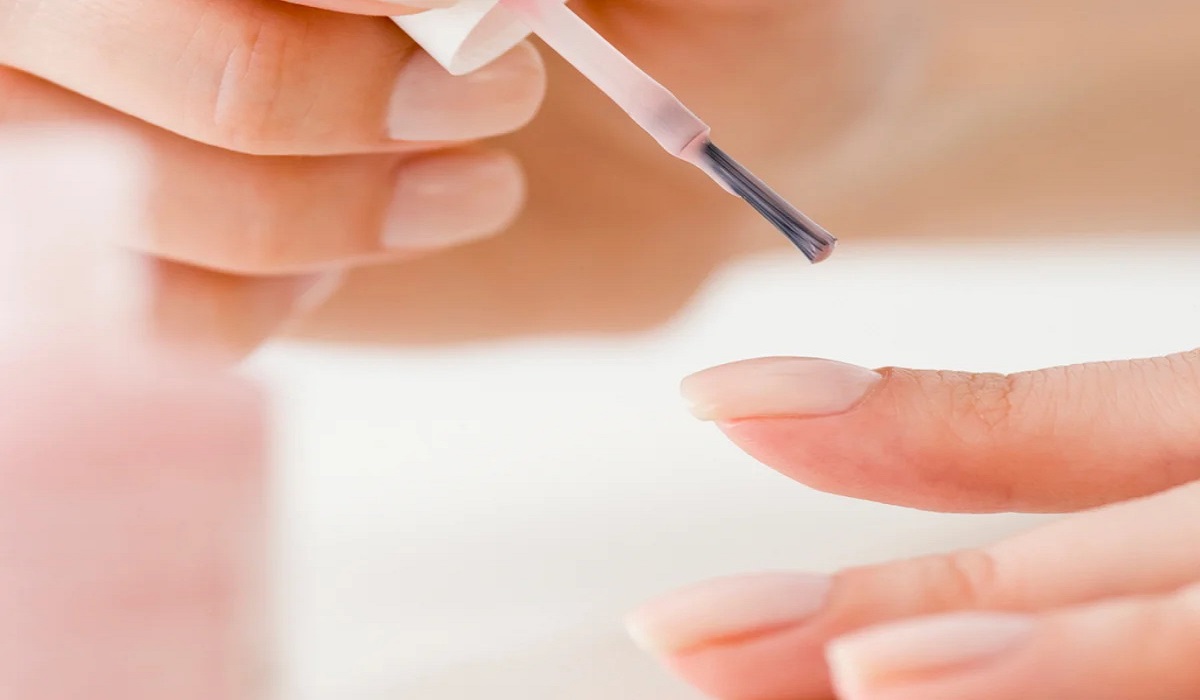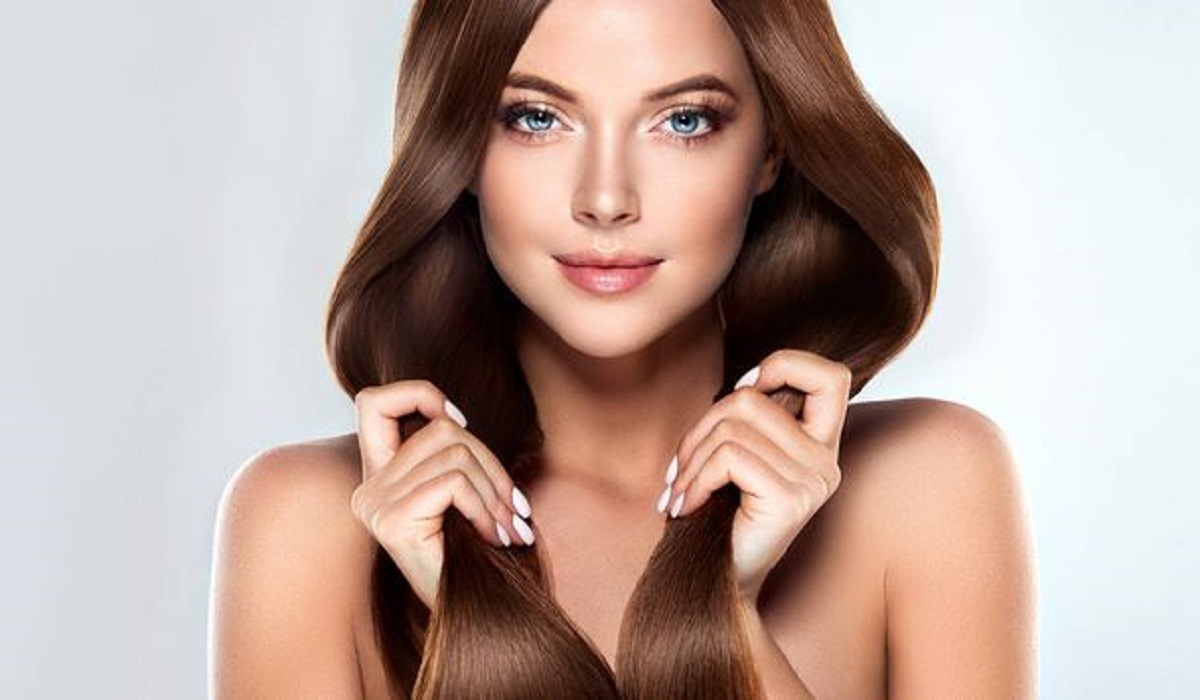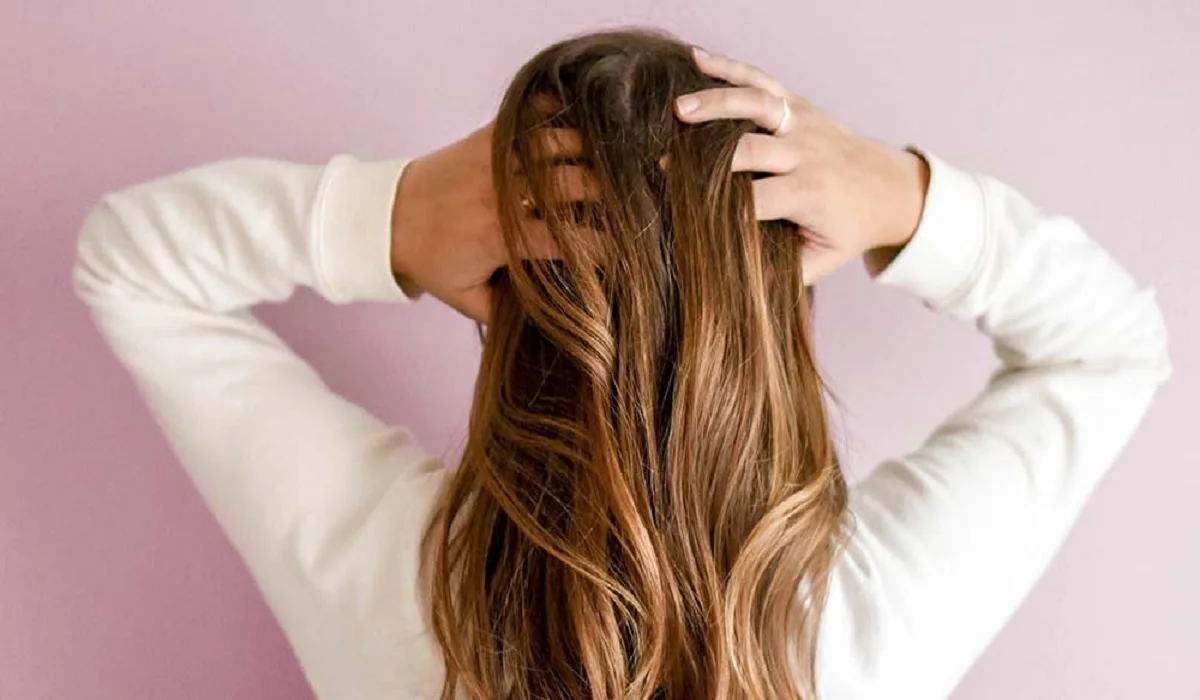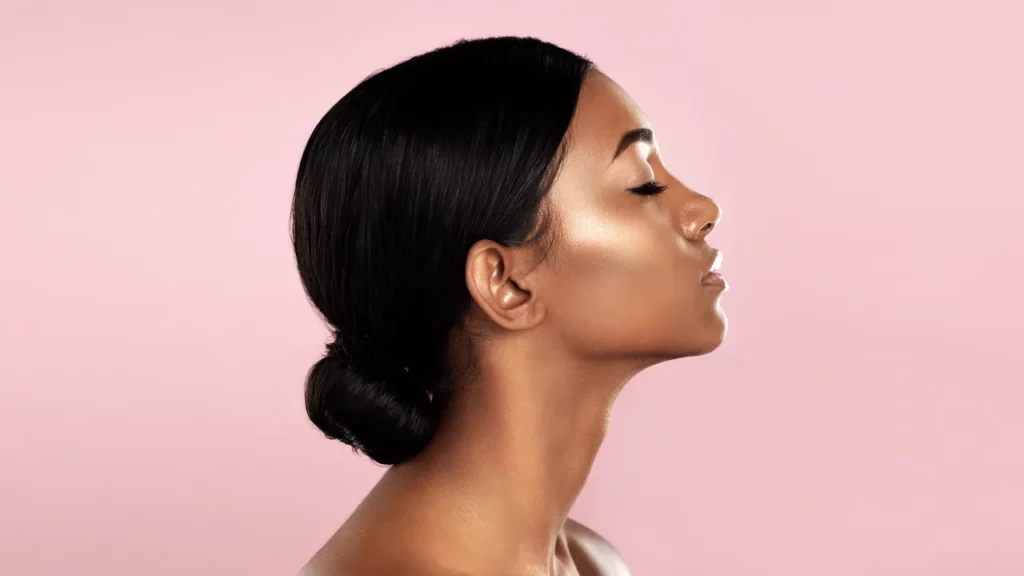
Dewy makeup has become a popular trend, providing a fresh and radiant glow to the skin. However, maintaining that luminous look throughout the day can be a challenge, especially if you have oily skin or live in a humid climate. In this article, we will share effective tips and techniques to help you keep your dewy makeup going strong from morning to night. From prepping your skin to setting your makeup, we will guide you through the steps necessary to achieve long-lasting, flawless dewy makeup.
Prep Your Skin:
Proper skincare preparation is essential for achieving long-lasting dewy makeup. Start by cleansing your face to remove any dirt, oil, or impurities. Follow up with a lightweight moisturizer that hydrates your skin without making it greasy. Allow the moisturizer to absorb fully before moving on to the next step. Additionally, applying a primer formulated for dewy finishes can create a smooth canvas for your makeup and help it adhere better throughout the day.
Choose the Right Foundation:
When aiming for a dewy look, selecting the right foundation is crucial. Opt for foundations with a luminous or dewy finish that provide a natural glow to your skin. Avoid matte or oil-control foundations, as they can give a flat appearance. Consider using lightweight formulas that allow your skin to breathe while still providing coverage. Additionally, look for long-wearing foundations that are designed to stay put and maintain a dewy finish for extended periods.
Strategic Powder Application:
While powder helps control shine, using it sparingly is key to maintaining a dewy look. Focus on applying powder only to areas prone to excessive oiliness, such as the T-zone. Use a finely milled, translucent powder and a fluffy brush to gently dust the powder onto these areas. Avoid applying powder all over the face, as it can mattify the skin and diminish the dewy effect. The strategic application of powder helps set your makeup without compromising its luminosity.
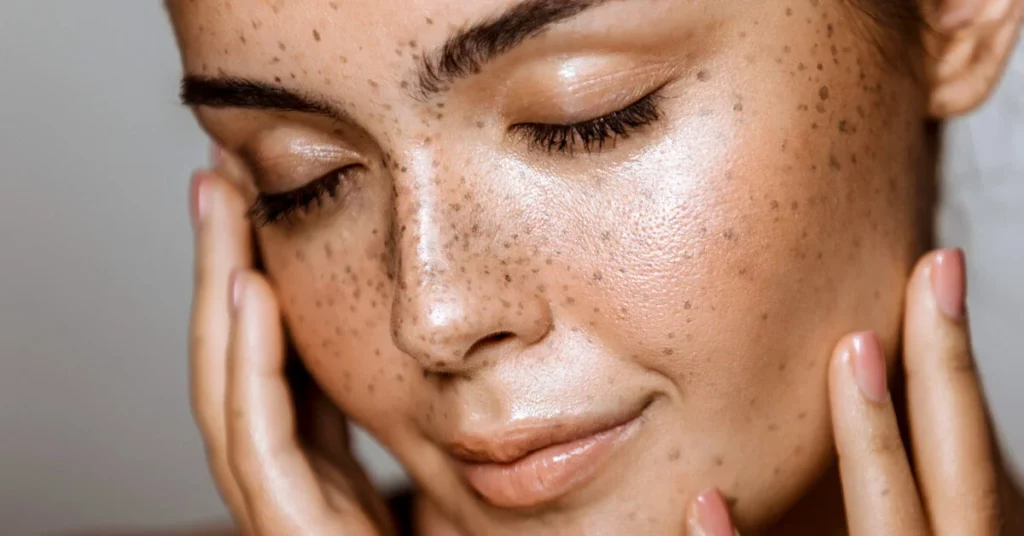
Use Cream or Liquid Highlighters:
Highlighters are essential for achieving a dewy look. Opt for cream or liquid highlighters instead of powder formulas, as they blend seamlessly into the skin and provide a more natural-looking glow. Apply the highlighter to the high points of your face, such as the cheekbones, bridge of the nose, and cupid’s bow. Gently blend it in with your fingertips or a damp beauty sponge for a radiant and dewy finish.
Set Your Makeup:
To ensure your dewy makeup lasts all day, setting it with the right products is crucial. Instead of using a traditional setting powder, opt for a setting spray that provides a dewy or hydrating finish. Mist the setting spray over your entire face after completing your makeup application. This will help lock in your makeup, melt all the products together, and give a luminous boost to your skin. Carry a travel-size setting spray in your bag for touch-ups throughout the day to revive the dewy look.
Blotting Papers for Oil Control:
If you have oily skin, it’s common for excess oil to interfere with your dewy makeup. Keep blotting papers handy to absorb any excess oil without disturbing your makeup. Gently press the blotting paper onto the oily areas of your face, focusing on the T-zone. Avoid rubbing or dragging the blotting paper, as this can disturb your foundation. Blotting papers are a quick and effective way to control shine and maintain a fresh, dewy appearance.
Avoid Touching Your Face:
Touching your face throughout the day can transfer oils from your fingers to your skin, potentially causing your makeup to break down or become patchy. Resist the temptation to touch your face and remind yourself to keep your hands off your face. The natural oils and dirt on your hands can disrupt the dewy finish of your makeup and even lead to clogged pores. If you need to adjust or fix your makeup, use a clean brush or sponge instead of your fingers.
Stay Hydrated:
Hydrated skin is the foundation for a long-lasting dewy makeup look. Drink plenty of water throughout the day to keep your skin hydrated from within. Dry or dehydrated skin tends to look dull and can affect the overall appearance of your makeup. Additionally, using a hydrating facial mist or a refreshing facial spray during the day can help boost moisture and revive your dewy complexion.
Carry Blotting Papers and Essentials:
To maintain your dewy makeup on the go, it’s helpful to have a small makeup bag with essential touch-up products. Pack some blotting papers, a travel-size setting spray, and a mini powder puff or brush for any necessary touch-ups throughout the day. Blotting papers will help control shine, while the setting spray and powder can refresh and restore the dewy finish when needed.
Embrace a Skincare Routine:
Maintaining a consistent skincare routine can contribute to the longevity of your dewy makeup. Cleanse your face thoroughly in the morning and evening to remove any excess oils or makeup residue. Use a gentle exfoliator a few times a week to keep your skin smooth and free of dead skin cells that can dull your complexion. Finally, moisturize your skin daily to keep it hydrated and plump, enhancing the dewy effect of your makeup.
Achieving and maintaining a flawless, dewy makeup look is within your reach by following these tips and techniques. From proper skincare preparation to strategic powder application and using the right products, you can ensure that your dewy makeup stays fresh and glowing all day long. Remember to select foundations and highlighters with a luminous finish, use setting sprays instead of traditional powders, and keep blotting papers handy for oil control. With a little preparation and the right products, you can confidently rock a radiant and dewy complexion from morning to night.

